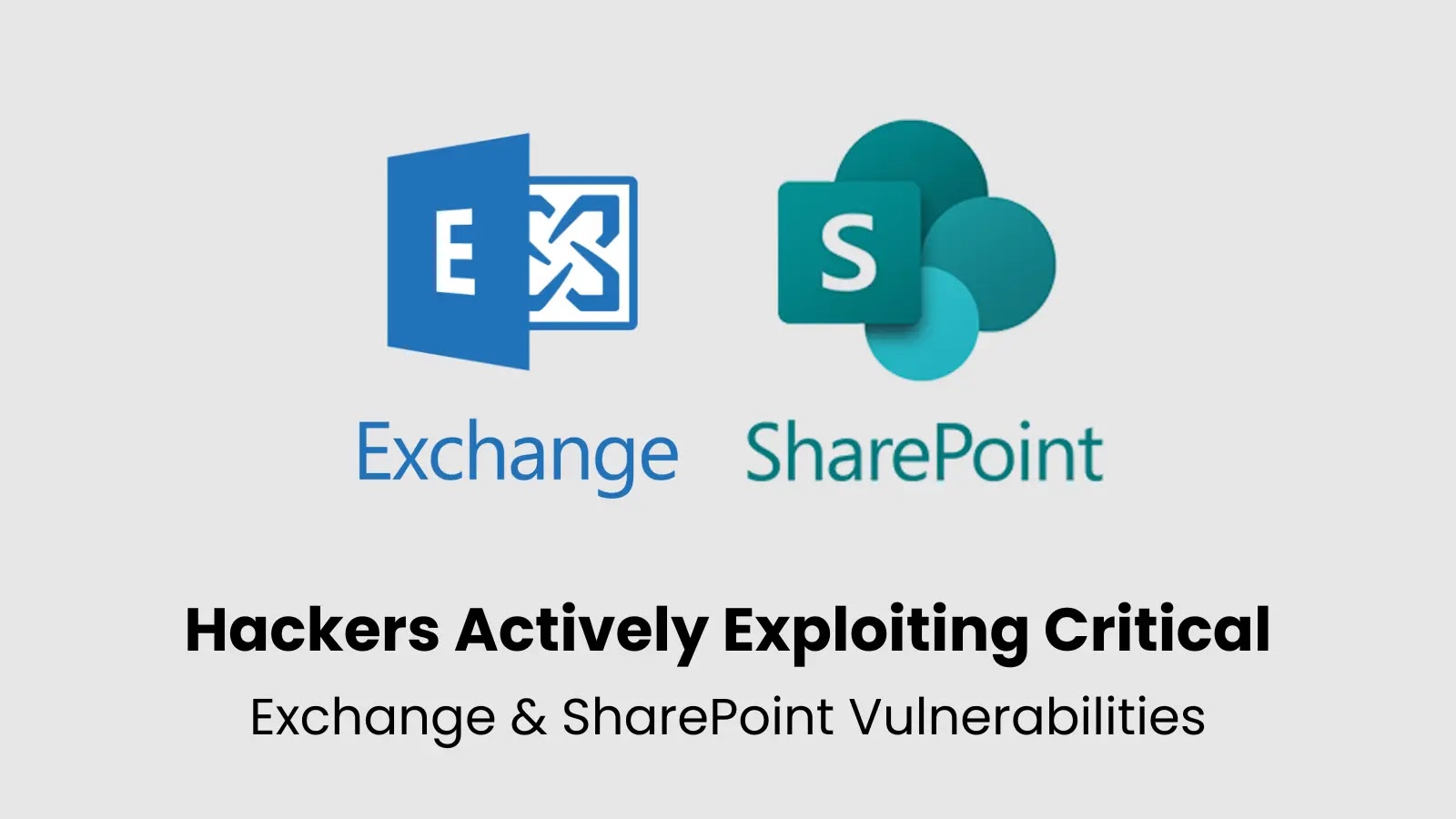In today’s rapidly evolving digital landscape, organizations face an ever-expanding array of cyber threats. A recent study by Bitdefender, the 2025 Cybersecurity Assessment, reveals a significant disconnect between executive leaders and frontline cybersecurity practitioners regarding the organization’s readiness to manage these risks. This disparity, termed the cybersecurity perception gap, can lead to misaligned priorities and resource allocation, potentially leaving organizations vulnerable to cyber incidents.
Divergent Confidence Levels
The assessment surveyed 1,200 cybersecurity and IT professionals, uncovering a stark contrast in confidence levels:
– Overall Confidence: 93% of respondents expressed being somewhat or very confident in their ability to manage cyber risks amid an expanding attack surface.
– Executive Confidence: 45% of C-level executives, including Chief Information Security Officers (CISOs) and Chief Information Officers (CIOs), reported being very confident in their organization’s cybersecurity readiness.
– Mid-Level Management Confidence: Only 19% of mid-level managers shared this high level of confidence.
This data indicates that executives are more than twice as likely as operational teams to feel assured about their cybersecurity posture. Such overconfidence at the leadership level can result in underinvestment in critical areas, leaving organizations exposed to potential threats.
Root Causes of the Perception Gap
Several factors contribute to this disconnect between executives and practitioners:
1. Proximity to Risks: Frontline professionals are directly engaged with daily cybersecurity challenges, making them more aware of vulnerabilities and threats. Sean Nikkel, Team Lead at the Bitdefender Cyber Intelligence Fusion Cell, notes that during mergers or acquisitions, inherited risks from legacy systems and outdated processes become immediately apparent to security teams, while such details may remain invisible to leadership.
2. Communication Barriers: Mid-level managers often handle operational tasks, whereas executives focus on strategic planning. Without effective communication and collaboration, these groups can develop differing perceptions of the organization’s cybersecurity status. Nick Jackson, Bitdefender’s Director of Cybersecurity Services, emphasizes the importance of strong reporting and collaboration to prevent these worlds from drifting apart.
3. Evolving Threat Landscape: Cyber threats are continually changing, and staying updated requires constant vigilance. Martin Zugec, Bitdefender Technical Solutions Director, observes a widening gap between perception and reality in cybersecurity, suggesting that executives may not be fully aware of the current threat environment.
Strategies to Bridge the Gap
Addressing the cybersecurity perception gap is crucial for enhancing an organization’s resilience. Key strategies include:
1. Fostering Mutual Understanding: Encouraging open dialogue between executives and practitioners helps align strategic objectives with operational realities. Understanding each other’s perspectives enables more informed decision-making.
2. Enhancing Communication Channels: Implementing regular reporting mechanisms and collaborative platforms ensures that insights from frontline teams reach decision-makers, facilitating a unified approach to cybersecurity.
3. Investing in Continuous Education: Providing ongoing training for both executives and practitioners keeps all parties informed about emerging threats and best practices, promoting a culture of shared responsibility.
4. Aligning Risk Appetite with Operational Capabilities: Executives should consider the practical challenges faced by operational teams when defining the organization’s risk tolerance, ensuring that strategic decisions are grounded in operational feasibility.
The Importance of a Unified Cybersecurity Culture
A cohesive cybersecurity culture, supported by both leadership and operational teams, is essential for effective risk management. By closing the perception gap, organizations can build trust, improve resource allocation, and enhance their overall security posture. This alignment ensures that both strategic initiatives and daily operations are synchronized, leading to a more resilient organization.
Conclusion
The cybersecurity perception gap between executives and practitioners poses a significant challenge to organizational security. By fostering mutual understanding, enhancing communication, investing in education, and aligning risk appetites with operational capabilities, organizations can bridge this divide. Such efforts will lead to a more unified and effective approach to managing cyber risks, ultimately strengthening the organization’s defense against evolving threats.



